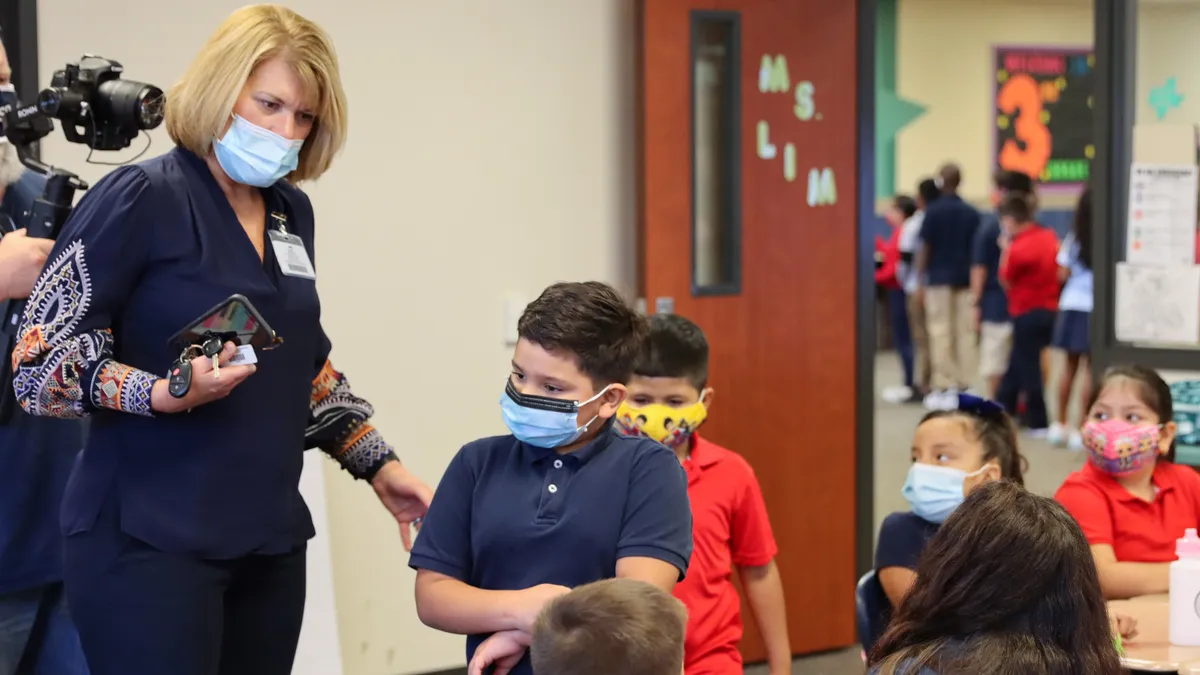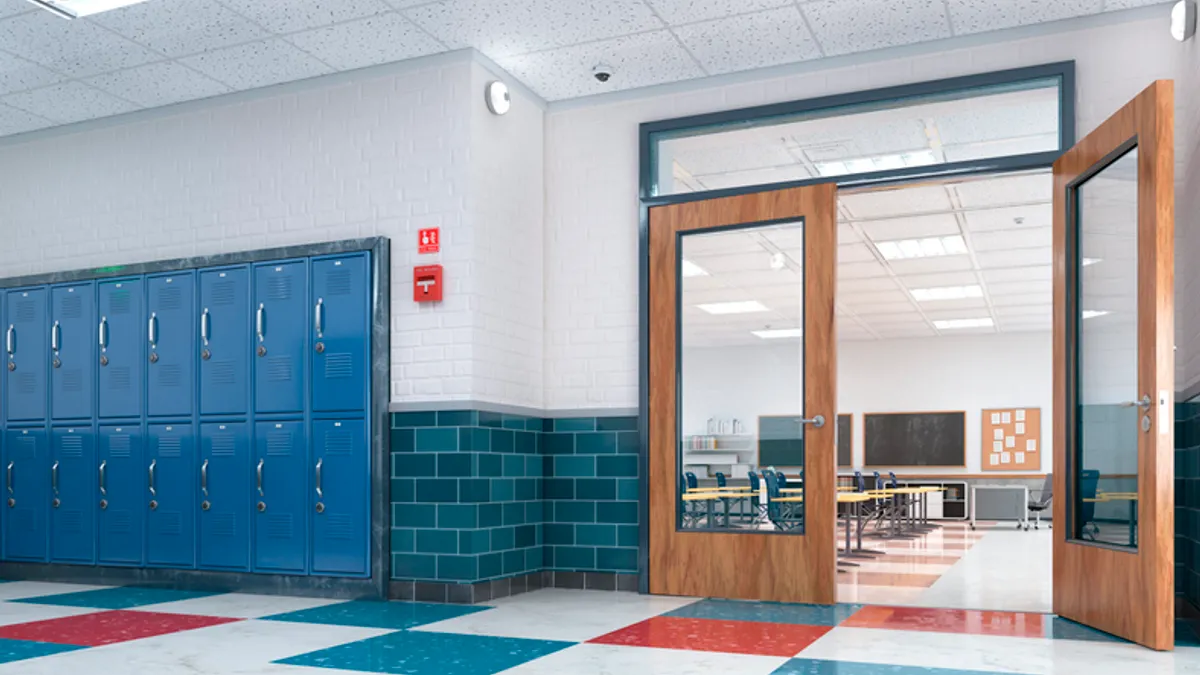Jeremy Singer is president of College Board.
Over the past few weeks, millions of students who took Advanced Placement exams this spring have logged on to see their scores, just as they’ve done in years past. It’s a rare moment of normalcy in a year that was anything but normal.
Finding a way to deliver AP exams this year was no small feat, and credit goes to the extraordinary work of students and teachers who made the most of this disrupted school year.
At a time when so many students were cut off from their normal routines, often out of school buildings for weeks or months at a time, the AP community together found a way to deliver on its core promise of high expectations, high-quality teaching and valuable incentives.
To serve students even at a time of huge disruption to schools, the College Board developed one of the largest online assessments ever delivered in the United States: This administration, students took about 1.8 million AP exams digitally out of about 4.8 million overall.
There are lessons we can draw from the experience, which saw millions of individual exams delivered smoothly, even for students who couldn’t make it into a classroom or a testing center.
It would have been easy to simply cancel exams and wait for a return to normal, and there were some thoughtful voices in favor of scrapping AP exams this year. But it was students and teachers who overwhelmingly wanted to preserve the opportunity to test. More than 90% of students told us they wanted the chance to complete an exam — and I’m glad we listened to them.
More than 2.5 million students completed at least one exam this year (counting both digital and traditional formats), which is on par with a typical academic year. In addition to figuring out how to be flexible in delivering exams, we also had to be flexible in delivering content, including developing new remote learning tools.
We created a suite of new remote learning tools that could accommodate the shifting mix of remote, hybrid and in-person classes being offered across the country. Along the way, we learned how valuable online resources can be for students and teachers. Innovations in online learning hold immense promise for expanding student opportunities, but only if they have the connectivity, devices and high-quality content to take full advantage.
States, school districts, internet service providers and nonprofit organizations like ours made substantial progress since the start of the pandemic in narrowing the digital divide and ensuring millions more students have reliable access to online learning. That effort is continuing with the help of vastly expanded federal funding to subsidize broadband access and device purchases.
To help prepare for this year’s AP exams, the College Board bought and prepared more than 25,000 laptops to send to any student who needed one, ensuring device access was no barrier. As students return to classrooms this fall, we need to think about how to build on the progress of the last year and make full use of technology to enhance learning.
Millions of students now use free online lectures from AP Daily and free course materials and practice exams from AP Classroom. By working with some of the most talented teachers in the country to produce high-quality content available anywhere, anytime, we helped teachers across the country spend more time working one-on-one or in small groups with their classes.
Teachers could ask students to view content on their own time, then arrive for class — virtually or in person — ready to ask questions and work together on writing and analytical skills. Students had the chance to review class content any time they needed, which was a huge help with disrupted school schedules. And teachers used online progress checks to make sure students had a firm grasp of everything from computer science to human geography, allowing them to adjust lessons to meet student needs.
We know from years of research that students who take and complete an AP class and exam are better positioned to succeed in future classes and in college. Earning college credit is great, and the chance to get a head start on college was one of the key reasons students wanted to keep AP exams this year.
Yet even for students who don’t receive college credit, completing advanced classes pays real dividends in staying on track for college and being ready to succeed when they get there. We have known for a long time that early exposure to college-level material and early encouragement to plan for college are vital in raising students’ expectations and building their confidence. Especially for low-income and first-generation students, maintaining early momentum is crucial in overcoming obstacles to enrollment.
That’s the single-most important reason we decided to keep AP exams and maintain strong expectations for AP students. We heard loud and clear from both students and teachers that they wanted to preserve this opportunity, to keep learning and striving, to keep making progress on the path to college.
It wasn’t easy, but thousands of teachers and millions of students achieved remarkable things under some very difficult circumstances this year. They’ve shown us the way toward even greater opportunity in years to come.







 Dive Awards
Dive Awards














